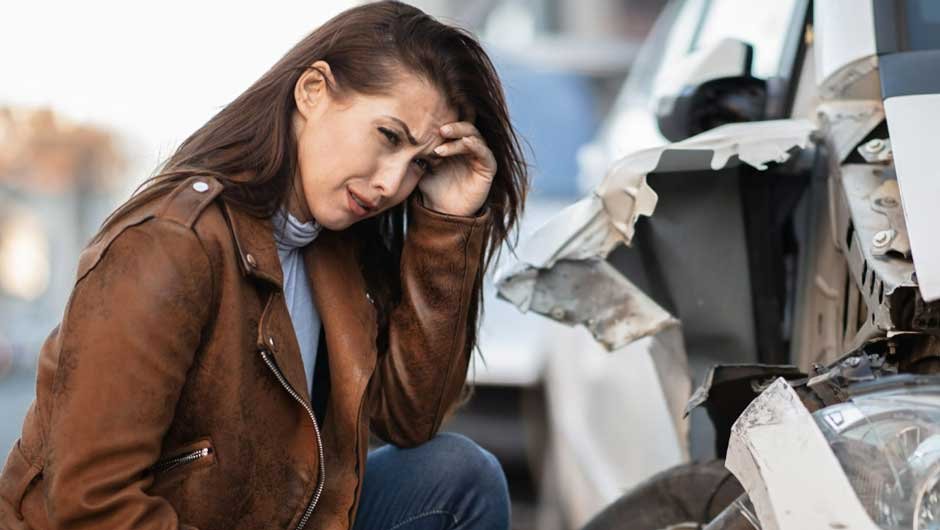The sight of a car following a major road accident is a depressing one: crushed metal, broken glass, the obvious extent of the damage makes it difficult to even fathom that it might be fixed. But, restoring a car to its original pre-accident state is rather a very complex mix of cutting-edge technology, design concepts, and deft craftsmanship.
Experienced technicians employ a very painstaking, systematic method designed mostly to restore the structural integrity and safety systems of the car to factory standards rather than only improve its appearance. Turning what appears like a complete loss into a safe, roadworthy vehicle, this all-encompassing strategy to crashed car repair comprises a series of important phases from first inspection to last paintwork.
Detailed Initial Evaluation and Diagnosis
The most important first step involves a thorough assessment. Professionals start with a visual inspection, capturing all visible damage, including body panels, lights, and glass. The next would be a computerised diagnostic scan, through which they understand whether error codes have been generated by the car’s complex network of safety and control systems: airbag sensors, ADAS (Advanced Driver-Assistance Systems), and engine management units.
For assessing invisible structural damage, the vehicle goes onto a dedicated measuring system. This system relies on laser or computer-guided precision in comparing the car’s current frame and chassis dimensions to the manufacturer’s original specifications, a detailed blueprint against which misalignments are compensated.
Precision Structural Realignment and Pulling
Once the assessment is done, attention turns to the core structure of the vehicle. The car is mounted on a frame correction bench, or a jig specially designed for that purpose. Using data from the initial measurement, hydraulic rams and pulling systems are attached to key points of the damaged frame, unibody or chassis. Technicians apply controlled, calculated force in specific directions and sequences to slowly coax the bent metal back into its original alignment.
This is an incredibly precise operation; pulling too quickly or in the wrong sequence could result in stress fractures or further damage. The measurement system is used continuously throughout this process to verify progress and ensure the structure is returned to within millimetres of the factory tolerances.
Systematic Removal and Replacement of Panels
With the structure realigned, focus now shifts to the damaged body panels: what can be repaired and what needs replacement. Safety and integrity are the main concerns. Structural items-suspension strut towers or crumple zones, for instance-almost always need replacing with new, OE, or high-quality alternative items if they have been compromised.
Bolt-on panels, such as wings and doors, are also replaced to ensure a perfect fit and finish. The removal is delicately done and documented so that the adjacent components are not affected in any way. This stage is very important to re-establish the correct geometry of the vehicle and to give a sound, undamaged foundation for the new panels to be fitted.
Rigorous Mechanical and Electrical Systems Check
A collision can damage mechanical and electrical systems that cannot readily be seen by the human eye, in addition to the bodywork. The jolt could bruise both mechanical and electrical systems. Professional inspection of the fundamental vehicle systems: a complete suspension and wheel alignment guarantees the car runs straight and handles properly; the braking system is examined for damage to any lines, callipers, and the engine and transmission are checked for leaks or misalignment brought on by the impact.
Every electrical circuit in the automobile, from power windows to the infotainment system, is thoroughly inspected for flaws. All of this guarantees that the car is not only aesthetically stunning but also technically flawless and safe.
Conclusion
This is all done at the end to guarantee the repair meets the highest possible standards for safety and quality. It goes far beyond straightening car dings. It embodies a methodical series of diagnosis, correction, and verification that calls for complex technology and highly competent specialists.
Every stage from first structural realignment on a precise jig to final calibration of safety sensors is necessary to guarantee that the car leaves the workshop not just cosmetically corrected but also restored to its original degrees of safety, performance, and structural integrity. Making sure this work is given to qualified experts guarantees the fixed vehicle will offer dependability and protection for years to come.







